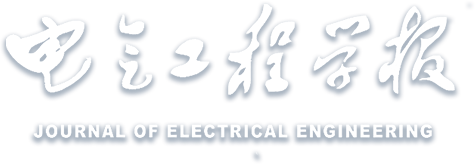Abstract:
Low-temperature plasma(LTP) can convert thermodynamically stable CO
2 and H
2O into high-value-added products, with promising prospects in CO
2 reutilization and energy conversion. However, the performance improvement of LTP-driven CO
2/H
2O conversion is extremely challenging, due to the strong quenching effect of H
2O. The recent advances in LTP-driven CO
2/H
2O conversion are summarized, including reaction kinetics, and the influences of different LTP systems, catalysts, and reactor configurations on conversion performance. Through the analysis of conversion efficiency and reaction mechanisms, it is revealed that the strong electron adsorption effect of H
2O, product recombination reactions and low hydrogen atom density, competition from side reactions are the keys limiting feedstock conversion rates and high-value-added products selectivity, respectively. To address these issues, performance enhancement strategies are proposed from four perspectives: reactor optimization, introduction of additional reactants, catalyst design and cascade catalysis. Finally, the future research directions for LTP-driven CO
2/H
2O conversion are outlined.


 下载:
下载: